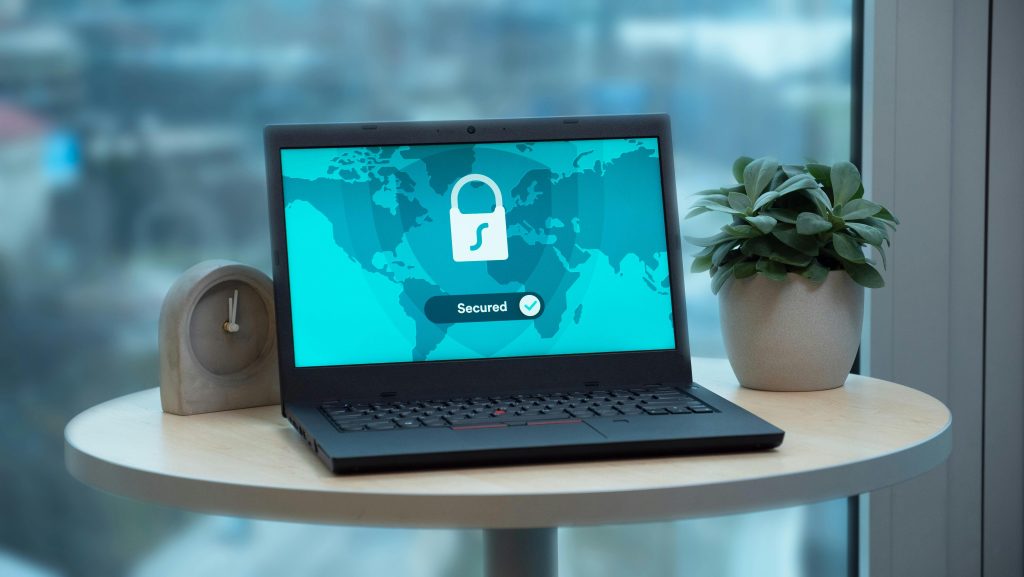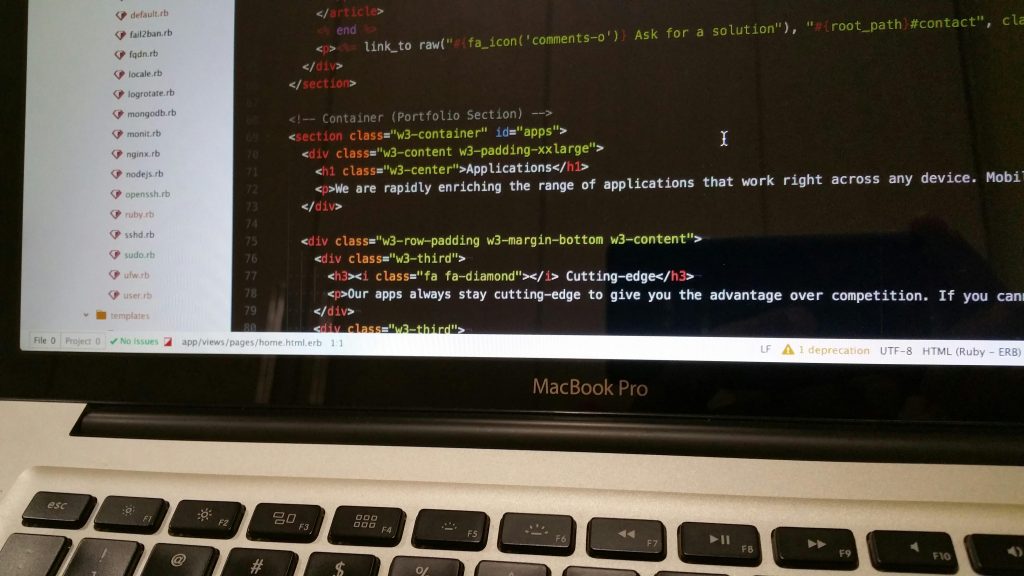BUILDING A FORTRESS AROUND YOUR CONTENT: PROTECTING YOUR WEBSITE FROM CYBER ATTACKS

In this digital era, the internet is a major part of our lives. Personal brands and businesses show up online with dedicated websites promoting their values and services. And in some cases, there are personal websites and blogs that serve non-business purposes like a travel blog, hiker’s guide, or even a personalized gallery. In a way, we’ve all built a home online through websites, blogs, and social media accounts.
For our regular homes, being security conscious is important. Besides locking windows and doors, you might need to install security cameras for extra measure. And just like our regular homes, you need to take steps to secure your website. On average, there are at least 90 victim reports of cyber attacks per hour. In 2022 alone, over 50 million US citizens were reported victims of cybercrime.
While the statistics might seem technical, there’s a real risk of losing your identity, financial savings, and even your job to cyberattacks on websites. With AI tools gaining ground, there’s a threat of more sophisticated cyberattacks like impersonation, fraud, and cyberbullying.
What Are Cyber Attacks?
A cyber attack is a digital attack that targets computers, websites, software, hardware, and anything related to the digital and electronic space. It’s a malicious act that disrupts how a computer, website, or digital product is supposed to operate. It could either cause an impossible freeze, forced shutdown, abnormal operations, or steal data in order to prevent the original user from being able to use the computer, website, or digital product.
The most popular types of cyber attacks include;
- Phishing: which tricks users into revealing sensitive data that can be used for fraud or hacking accounts.
- Malware: which uses digital viruses, worms, and ransomware to steal data or force systems to carry out abnormal operations.
- DoS (Denial of Service) Attacks: these mostly target websites by overloading the web traffic and causing the website to malfunction or remain inaccessible.
- SQL Injection Attack: this exploits the vulnerabilities of websites to steal data or run malicious scripts that can take over website operations.

5 Steps to Protect Your Website From Cyber Attacks
No matter how active your website is, protecting it from cyber attacks is important. For businesses, having a secure website could be the difference between losing money and clients, and dealing with a costly lawsuit due to data breach. Even the average social media account needs to be protected against cyber attacks that can lead to impersonation and fraud.
To protect your website from cyber-attacks, here are five steps to take:
- Invest in Web Security: The first thing to do in protecting your website from cyber-attacks is to optimize your website security. You could subscribe to a web security service or use a VPN (we recommend Surfshark VPN) when accessing strange links to avoid getting hacked. Ensure that your website control access is fortified with strong passwords and multi-factor authentication, which would make it harder for anyone attempting to hack. You should also invest in securing your website with web app firewalls which protect your website from sabotaging attacks like SQL injections and cross-site scripting (XSS).
- Detect and Avoid Clicking Strange Links: Protecting your website from cyber-attacks isn’t just about having multiple security software and hardware, you need the right web practices. The commonest type of cyber attacks are phishing links which look like genuine secure links. As a rule, you should avoid clicking strange links. However, you need to learn to assess ALL links for potential risks. You can detect suspicious links by checking the URLs for misspellings, strange or encrypted domains, and also the padlock symbol that represents a secured HTTPS link. You can also incorporate phishing detection tools and plugins on your website.
- Run Periodical Web Vulnerability Tests: A standard cybersecurity practice for businesses is to run periodical vulnerability tests on websites. The goal is to simulate cyber attacks on websites, detect vulnerabilities, and patch them promptly. Patching could mean upgrading firewalls and other cybersecurity installations.
- Have A Backup: Generally, cyber-attacks are sudden and may succeed despite your best efforts at securing your website. This is why it’s safe to have a backup website or platform with similar products, services, and functionality. When cyber attacks happen, you can easily deploy the backup while trying to resolve the attacks on your main website. With a backup website, you can easily manage cyber attacks such that your client base is promptly informed and efficiently rerouted to your backup website, while you make attempts at recovering your main website.
Note that having a backup doesn’t necessarily have to be an alternative fully-functional website, it could be an email list, standby social media pages, automated landing pages, and any other web platform that can help with managing services to your client base.
- Pro Tip: Use VPNs: Generally, VPNs are popular with individuals rather than businesses. They’re typically used to protect privacy online through IP masking and data encryption. But these tools could also be deployed to protect websites from cyber attacks. For starters, VPNs can mask your website’s IP address and encrypt web data which would make it difficult for hackers to identify and exploit vulnerabilities. With VPN encryptions, cyber attacks like “the man-in-middle” are easily thwarted since the web data is secure from interception.
When combined with other cybersecurity tools, VPNs can help manage the impact of cyber attacks, especially with DDoS attacks that overwhelm the website’s traffic.

Conclusion
So long as you’re online; whether running a business or personal brand, you’re at risk of a cyber-attack. While some cyber attacks are targeted at specific victims, most cyber attacks have no precise target. These generic cyber attacks like phishing, strike only persons who aren’t cyber-aware and security conscious. As such, it’s important to take steps to protect yourself from both targeted and generic cyber attacks.
As a rule, being cybersecurity conscious is more than just having the right security tools, but being cyber-aware. Avoid clicking strange links, protect your online data with VPNs, periodically run vulnerability tests on your websites, and change your passwords from time to time, and you’ll be safe from cyber-attacks.
